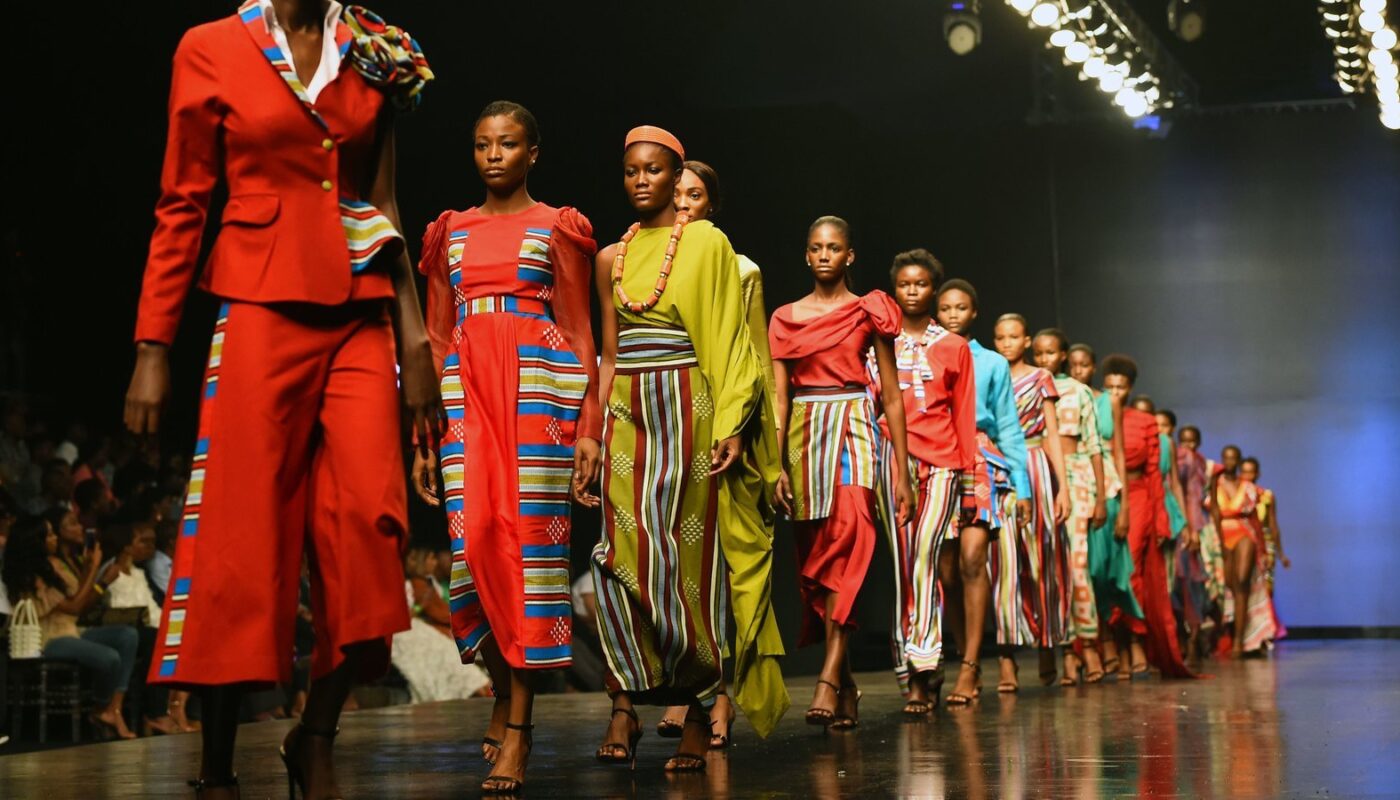Introduction
Cultural appropriation in fashion—where designers and consumers adopt elements of a culture without permission or understanding—has sparked intense debate in recent years. As the industry globalizes, the line between cultural appreciation and appropriation grows ever more important to navigate. When done respectfully, incorporating motifs, textiles, or traditional garments from diverse cultures can foster cross‑cultural dialogue and economic opportunity for artisans. When done carelessly, however, it risks commodifying sacred symbols, perpetuating stereotypes, and exploiting marginalized communities.
This article explores the history and impact of cultural appropriation in fashion, examines notable controversies, and offers concrete guidelines for celebrating cultures respectfully.
1. Defining Cultural Appropriation vs. Appreciation
The Oxford English Dictionary defines cultural appropriation as “the unacknowledged or inappropriate adoption of the practices, customs, or aesthetics of one social or ethnic group by members of another (typically dominant) community or society.”
In contrast, cultural appreciation involves engaging deeply with a culture—seeking permission, understanding historical context, and crediting sources—rather than merely lifting elements for aesthetics.
Appreciation requires ongoing dialogue, fair compensation to cultural bearers, and mindful representation; appropriation often reduces rich traditions to superficial trends.
2. Historical Context and Power Dynamics
Fashion’s colonial legacy laid groundwork for appropriation. European colonizers frequently collected—and later commercialized—textiles and adornments from colonized regions without consent. This pattern continued as Western designers incorporated “exotic” motifs into haute couture, reinforcing power imbalances: dominant cultures profiting from marginalized ones.
Understanding this history is crucial: what may seem like mere inspiration can echo exploitative practices rooted in colonialism and racial hierarchy.
3. Notable Controversies in Recent Years
3.1 Runway Missteps
- Native American Headdresses: Fashion shows have repeatedly featured Indigenous headdresses—sacred ceremonial items—as mere accessories, prompting backlash from tribal leaders who decry their trivialization.
- Gucci Turban (2018): Gucci released a $790 silk turban, drawing ire from Sikh communities for commodifying a religious head covering. The brand later apologized and withdrew the item.
- Chanel Dallas Show (2013): Models wore feathered headdresses, echoing Native American war bonnets and igniting criticism for cultural insensitivity.
3.2 Celebrity Incidents
- Gwen Stefani: Over two decades, Stefani has donned Japanese kimonos, South Asian bindis, and Native American braids. Critics argue her “superfan” defense fails to acknowledge exploitation when profit is at stake.
- Victoria’s Secret Fashion Show (2012): Model Karlie Kloss wore a Native‑inspired headdress, leading to public apologies from both Kloss and the brand.
4. Impacts on Marginalized Communities
Cultural appropriation in fashion can harm communities by:
- Eroding Cultural Significance: Sacred symbols lose meaning when mass‑produced for profit.
- Perpetuating Stereotypes: Simplistic or sexualized depictions reinforce one‑dimensional views of entire cultures.
- Economic Exploitation: Brands profit from traditional designs without compensating artisans or communities that originated them.
Such practices can damage mental health, as marginalized individuals witness their heritage devalued or caricatured in global marketplaces
5. Towards Respectful Cultural Celebration
5.1 Research and Collaboration
- Learn the Context: Before incorporating cultural elements, study their historical and social significance. For instance, understand the ceremonial use of a Native headdress rather than viewing it as mere décor.
- Partner with Artisans: Engage directly with communities—commission local artisans, share profits, and credit contributors. Brands like Aurora James’ Brother Vellies collaborate with African artisans to preserve heritage crafts.
5.2 Avoiding the Sacred
Certain items are reserved for specific rituals or social roles and should not be commercialized. For example, Sikh turbans, Maasai shukas, and Indigenous war bonnets carry deep spiritual meaning and are not mere fashion statements.
5.3 Transparent Storytelling
When drawing inspiration from another culture, brands must be transparent:
- Credit the Source: Include information on labels or marketing materials about the origin and significance of designs.
- Share Narratives: Use runway shows, lookbooks, and social media to highlight the stories of the cultures and artisans behind the garments.
6. Case Studies of Best Practices
6.1 Kim Shui
Vietnamese‑American designer Kim Shui collaborates with artisans in Vietnam to create modern silhouettes using traditional weaving techniques. Shui credits and compensates communities, ensuring economic benefit and cultural integrity.
6.2 Tia Adeola
Tia Adeola partners with Ghanaian weavers to produce her collection’s hand‑woven textiles. Adeola’s brand shares profits and invests in local infrastructure, exemplifying ethical cross‑cultural collaboration.
7. Role of Consumers and Influencers
Consumers wield power through purchasing choices and social media influence. To support respectful cultural exchange:
- Ask Questions: Inquire how brands source and credit cultural elements.
- Amplify Voices: Share and tag artisans and community leaders when posting culturally inspired looks.
- Reject Tokenism: Avoid brands that use cultural motifs superficially without deeper engagement.
Influencers should educate followers on the difference between appreciation and appropriation, modeling respectful behavior and highlighting ethical brands.
8. Policy, Legal, and Educational Initiatives
8.1 Intellectual Property Protections
International bodies like WIPO’s Intergovernmental Committee are exploring legal frameworks to protect Traditional Cultural Expressions (TCEs) and ensure communities maintain control over their heritage.
8.2 Industry Guidelines
Organizations such as the Council of Fashion Designers of America (CFDA) are developing best‑practice guidelines for cultural sensitivity, urging member brands to adopt transparent sourcing and community partnerships.
8.3 Educational Curricula
Fashion schools are incorporating courses on cultural ethics, colonial histories, and community engagement to train future designers in respectful practices.
Conclusion
Fashion’s globalized era offers unparalleled opportunities for cross‑cultural inspiration—but with that comes responsibility. By understanding the historical power imbalances, engaging in genuine collaboration, avoiding sacred symbols, and transparently crediting sources, designers and consumers can transform fashion into a platform for mutual respect and economic empowerment. Celebrating cultures respectfully not only enriches design but also fosters solidarity, ensuring that fashion’s future is as inclusive and diverse as the world it reflects.



